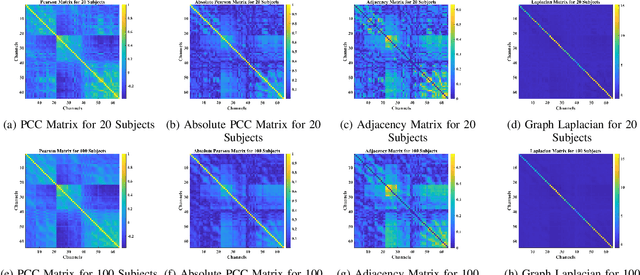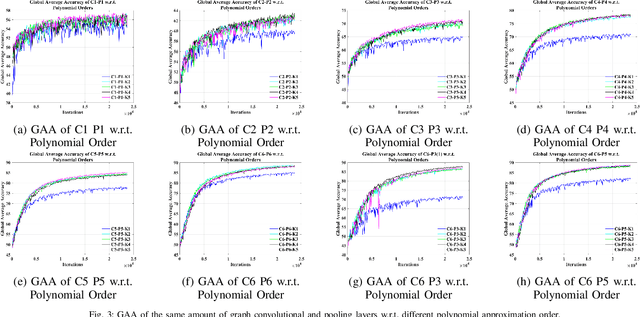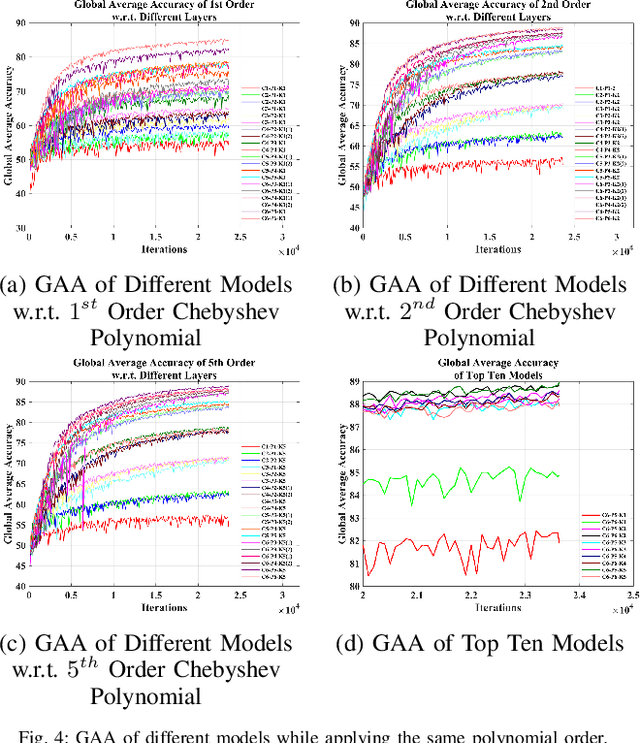GCNs-Net: A Graph Convolutional Neural Network Approach for Decoding Time-resolved EEG Motor Imagery Signals
Paper and Code
Jun 16, 2020



Towards developing effective and efficient brain-computer interface (BCI) systems, precise decoding of brain activity measured by electroencephalogram (EEG), is highly demanded. Traditional works classify EEG signals without considering the topological relationship among electrodes. However, neuroscience research has increasingly emphasized network patterns of brain dynamics. Thus, the Euclidean structure of electrodes might not adequately reflect the interaction between signals. To fill the gap, a novel deep learning framework based on the graph convolutional neural networks (GCNs) was presented to enhance the decoding performance of raw EEG signals during different types of motor imagery (MI) tasks while cooperating with the functional topological relationship of electrodes. Based on the absolute Pearson's matrix of overall signals, the graph Laplacian of EEG electrodes was built up. The GCNs-Net constructed by graph convolutional layers learns the generalized features. The followed pooling layers reduce dimensionality, and the fully-connected softmax layer derives the final prediction. The introduced approach has been shown to converge for both personalized and group-wise predictions. It has achieved the highest averaged accuracy, 93.056% and 88.57% (PhysioNet Dataset), 96.24% and 80.89% (High Gamma Dataset), at the subject and group level, respectively, compared with existing studies, which suggests adaptability and robustness to individual variability. Moreover, the performance was stably reproducible among repetitive experiments for cross-validation. To conclude, the GCNs-Net filters EEG signals based on the functional topological relationship, which manages to decode relevant features for brain motor imagery.
 Add to Chrome
Add to Chrome Add to Firefox
Add to Firefox Add to Edge
Add to Edge